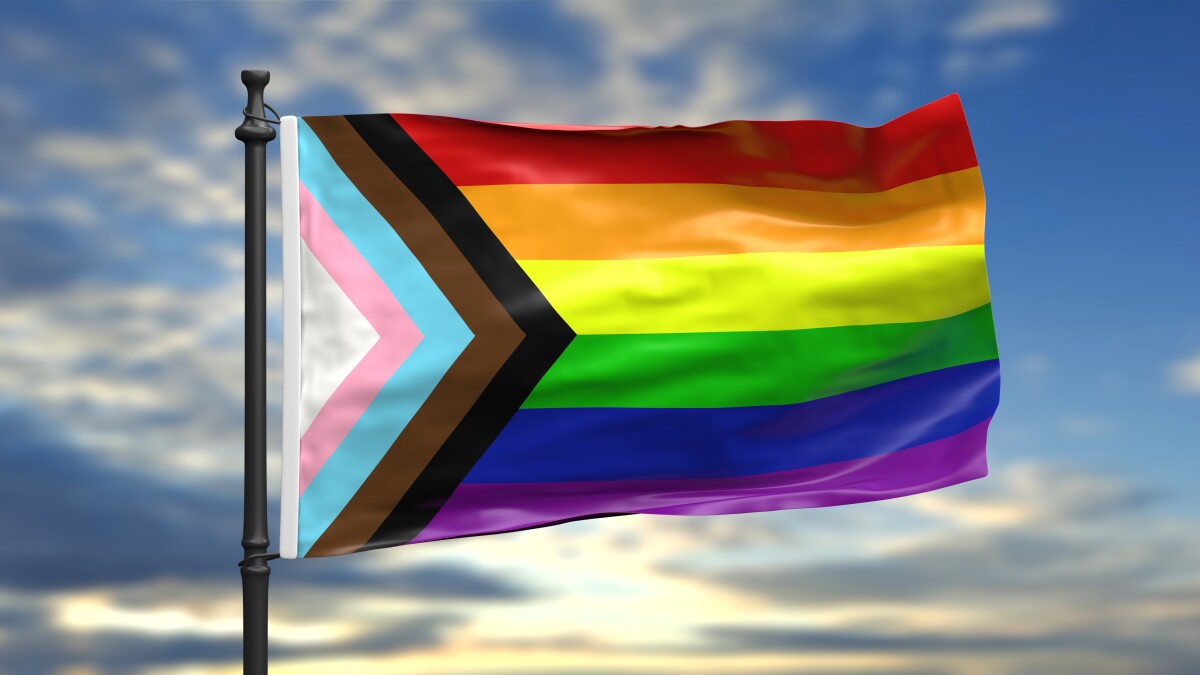25 Things to Remember About Pride

Unilife resident Meg shares 25 things to remember this Pride Month (and every other month too).
Every year in June, people from all across the world come together and celebrate the LGBTQ+ community to raise awareness for inequalities that still stand today. To close off this Pride Month, our insightful and wonderful resident Meg, shares 25 things to remember about the LGBTQ+.
1. Pride doesn’t just take place in June, it is 12 months, 365 days a year, 24 hours, 7 days a week.
2. LGBTQ+ stands for Lesbian, Gay, Bi, Trans, and Queer. The + represents an inclusive symbol meaning ‘and others’ to make sure people of all identities and sexualities are included.
3. In June 1969, the US police raided a gay bar in New York called The Stonewall Inn which kickstarted the first ‘Pride Event’ on the 28th of June 1970. This was organised by ‘The Mother of Pride’ Brenda Howard.
4. Marsha P. Johnson (1945-1992) was a black trans-rights activist and self-identified drag queen. She was known to play a significant role in key moments for the LGBTQ+ movement, such as the Stonewall protests. The P in her name stands for “Pay it no mind”.
5. Colin Scott, was the first British state school Headteacher to come out to his pupils in 2022.
6. In 1998 Greg Woods, lecturer and poet, became the first appointed professor of ‘Lesbian and Gay Studies’ in the UK , teaching at Nottingham Trent University.
7. Claire Birkenshaw became UK’s first transgender woman Head teacher in 2015.
8. Lili Elbe (1882-1931) was a Danish painter, who was among the first recipients of sex reassignment surgery (male to female). She had her first, out of five surgeries, in 1930
9. The British Charity “LGB Alliance” currently doesn’t actually support the LGBTQ+ community.
10. Although the majority of the world haslegalised LGBTQ+relationships, there are still 69 countries that criminalise homosexuality.
11. 2/3 (64%) of LGBTQ+ people have experienced anti-LGBTQ+ violence, according to statistics in 2021.
12. Being gay for men ‘in private’ wasn’t made legal in the UK until 1967.
13. The age of consent for homosexuals dropped from 21 to 18 in 1994 and finally to 16 (same as cis-het sexual relations) in 2000.
14. The word ‘queer’ was reclaimed by the LGBTQ+ community in the 1990s, going from an insult to a label of sexuality.
15. Some well-known homosexual artists include; Andy Warhol (1928-1987); Philip Treacy (1967-) and Alexander McQueen (1969-2010).
16.The Original LGBT flag was introduced between 1978 by Gilbert Baker, and the new ‘Progress Pride Flag’ was designed by Daniel Quasar in 2018.
17. The first transgender flag designed by Monica Helms, was created in 1999. This was later debuted in 2000 at a Pride parade in Phoenix , United States.
18. The first bisexual flag was created in 1998 by bisexuality activist Michael Page. The fuchsia stripe at the top of the flag represents Females, the lavender/purple stripe across the middle represents attraction to both female and males, and the stripe at the bottom of the flag represents males.
19. The passing of these acts in parliament across the UK have given LGBT+ people the social and political freedom from discrimination:
- Equality Act 2010
- Marriage (Same Sex Couple) act 2013
- The Marriage and Civil Partnership (Scotland) Act 2014
- The Northern Ireland (Executive Formation etc) Act 2019
20. Chris Smith (Labour) is the first male Cabinet Minister to be openly gay before being appointed. He was a Member of Parliament from 1983 to 2005.
21. The Netherlands was the first country to legally recognise same sex marriage in 2001.
22. The “Pride” name has changed from “Gay Liberation March”, to “Gay Freedom March”, and with the shift in culture in the 1980’s to “Gay Pride”, which is now recognised as just “Pride”.
23. The first pre-watershed (before 9pm broadcast on TV) lesbian kiss debuted in 1994, on the Channel 4 Soap Opera, ‘Brookside’.
24. In the 1950s, Lesbian pulp fiction became the first pocket book and fiction that enabled lesbian women to feel less isolated in literature.
25. Lastly but most importantly; LOVE IS LOVE.

